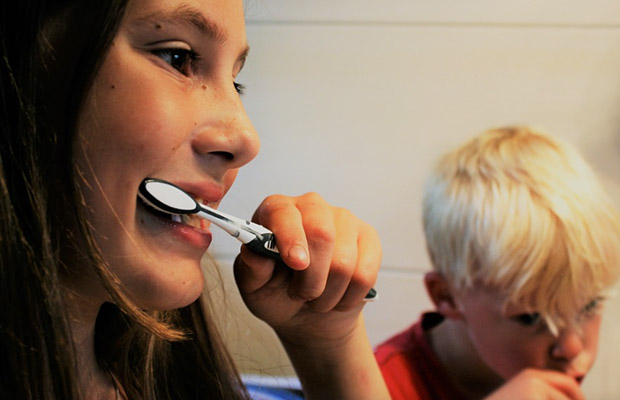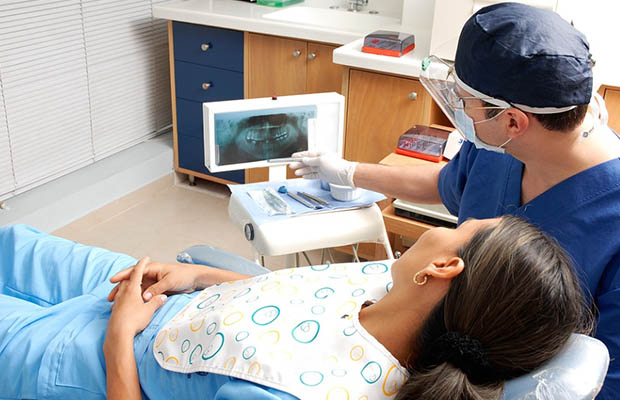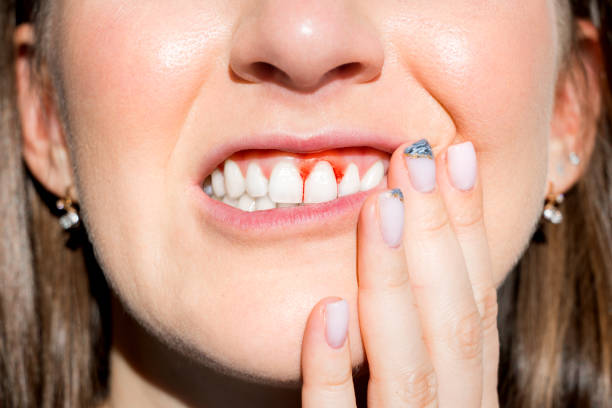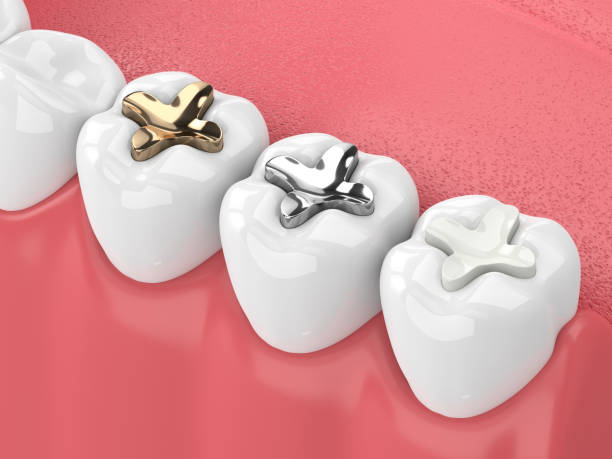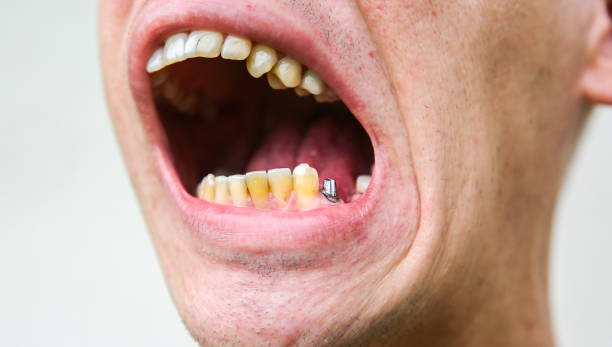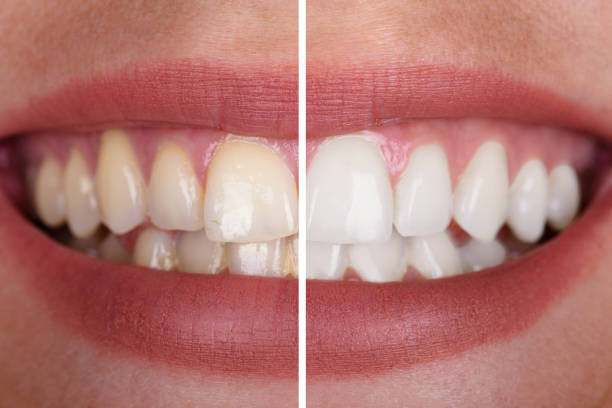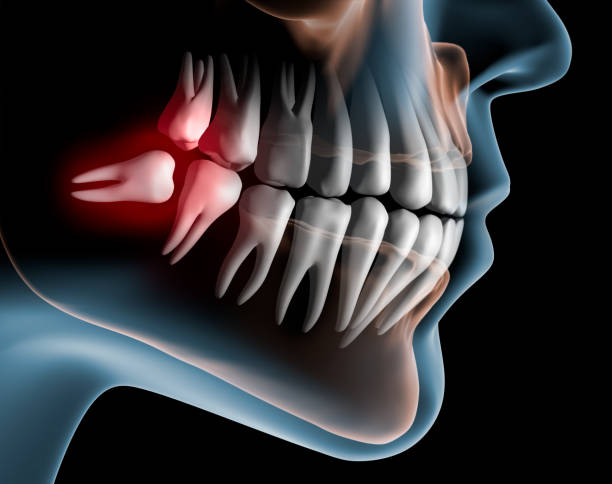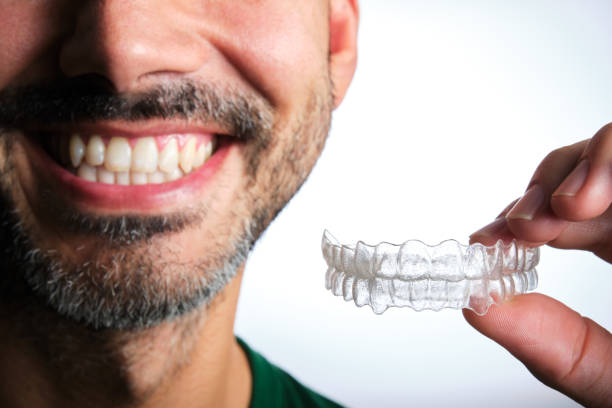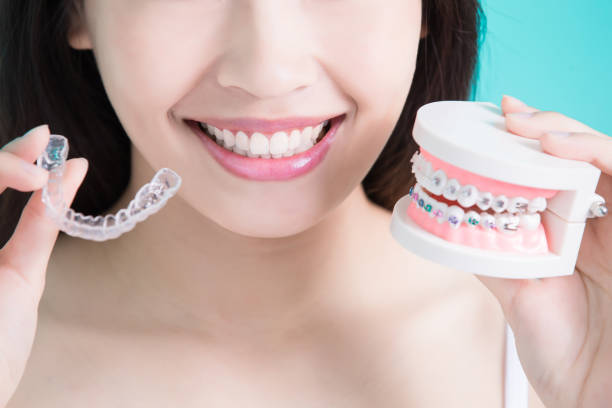Turtles are slow-moving, shell-clad friends of ours. With over 318 species in the world, we are left wondering: do turtles have teeth?
In reality, turtles have a beak that they use to bite and chew their food rather than teeth. A tooth called an “egg tooth” is present at birth in newborn turtles; however, unlike human teeth, it soon falls out.
To find the solution, let’s look more closely at their diet.
Table of Contents
Do Turtle Have Teeth?
There are no teeth on turtles. Tortoises and terrapins don’t either. Their strong, peculiarly shaped beaks reveal a lot about the food they consume. Some turtles, like green sea turtles, have teeth-like serrated ridges running the length of their beaks. These pointed edges are used to rip seagrasses apart and scrape algae off oceanic hard surfaces. Omnivorous animals with strong jaws, like Loggerhead turtles, can crush species with hard shells. Other omnivorous turtle species, like the Leatherback turtle, have pointed, sharp beaks that help them grasp slick prey, like jellyfish.
Post You May Like: What Dinosaur Has 500 teeth And Nigersaurus Pronounce
A Baby Turtle Only Has One Tooth
Turtles lay eggs as reptiles do. The tough, leather-like shells of turtles are challenging to crack open. Baby turtles have an “egg tooth” because of this.” To cut through the shell, they use a tiny, sharp protrusion that extends from the front of their beaks. This “tooth” eventually falls off after the hatchlings are released from the shell, usually within a few days.
Even though turtles don’t technically have teeth, their jaws and beaks work just as well. Turtles do not require teeth due to their millions of years of evolution!
Turtle’s Food Chewing Technique
Turtles lack teeth; instead, they have beaks, just like birds. They also use those beaks to bite off pieces of food and consume them. Turtles don’t need to chew their food very much, unlike the majority of animals that have teeth; instead, they just bite off small amounts that they can easily swallow.
While the turtle in the video didn’t seem to have much success biting the strawberry, most fully grown adult turtles do.
Let’s take a closer look at those mouths and discover why they are different. As I mentioned at the beginning of the article, turtles have various mouth types depending on what they eat.
Different Types Of Turtle Mouths
It’s not difficult to imagine that turtles, one of the most adaptable animals on the planet, were able to change the shape of their beaks to better suit their needs based on their diet.
Herbivorous Turtles
Because the majority of their diet consists of plant matter, herbivorous turtles consume a lot of fruits, vegetables, and other vegetation. As a result, they don’t require beaks that can cut through most plants; rather, they require stronger beaks. Small ridges on the beaks of some herbivorous turtles also aid in cutting the plants.
Carnivorous Turtles
Carnivorous turtles must have a beak with the ability to pierce the skin and break apart pieces of meat because their diet consists primarily of meat. Thus, most carnivorous turtles have sharp, pointed beaks similar to the one in this image.
Omnivorous Turtles
Omnivorous turtles eat both plants and meat, so they will need a beak that can function well in all circumstances. They essentially combine the characteristics of the two earlier types.
Sea Turtles Mouths
The mouths of sea turtles are a different kind of mouth that I want to discuss. Sea turtles come in seven different species, but some of them, particularly the leatherback sea turtle, have really frightening mouths like the one in this image.
The world’s largest jellyfish consumers are leatherback sea turtles. What would happen to a sea turtle if it ate a jellyfish? After all, we are all aware of how painful they can be. They have those terrifying spikes on them as a defense against the jellyfish’s sting, which is why.
Even though this image might appear extremely frightening, leatherback sea turtles are still an important species in this world. As a result, they are a necessary species and their absence would have a negative, drastic impact on the rest of the animal kingdom. The largest turtles in the world, even larger than the well-known Galapagos tortoises, are leatherback sea turtles. But let’s not stray from the topic at hand. You should read my article if you want to learn more about leatherback sea turtles and how they safeguard the entire planet: The World’s Largest Turtle (Facts, Images, and Videos).
There is still one more type of turtle to discuss—the one with teeth.
Is A Turtle’s Bite Dangerous If It Lacks Teeth?
We must consider the contributing factors to the bite when discussing how potent and hazardous a turtle bite is. Since there are many different species of turtle and they are all quite different—even within the same species—discussing species directly would be rather pointless. Instead, we’ll look at the following: the diet and the size.
The diet. The first thing you want to know is whether a turtle eats meat or not if you want to determine whether its bite will be strong or not. As we have discussed, sharper beaks on turtles and turtles that consume meat can be much more dangerous than blunt ones.
The size is a very important factor as well, the bigger the turtle the more muscles it will have, and the bigger the Jews will be, so the bite will grow in power along with the turtle.
The only scientific information I could find about a turtle’s bite force concerned snapping turtles at this time. You can read my article right here if you’d like more information on that. Do Snapping Turtles Pose a Risk? As the article’s title suggests, I discuss how dangerous snapping turtles are in this one. I also go over more details about their bite and look at why they are so much more aggressive than other turtle species. Check out the article if you’re interested in learning more.
Without Teeth, How Do Turtles Swallow?
As was already mentioned, turtles can certainly bite and grab at their food, but once the food is in their mouth, things change drastically. Being toothless prevents them from being able to cut their food into smaller pieces to make it easier to eat, which is a disadvantage.
They rely on their salivary glands to make up for the lack of teeth. Saliva produced in large quantities by these glands smoothes and facilitates the digestion of food. Turtles frequently consume their entire meal in one gulp.
A simpler digestion process is another reason why turtles prefer to eat in the water.
What Lessons Can We Draw From Turtles?
We’re fortunate to have teeth!
We are less likely to choke because teeth help us bite and chew food. Furthermore, we are able to have enjoyable eating experiences thanks to our senses of taste and smell. Teeth also contribute to our attractive appearance.
Has a turtle ever smiled at you? To ensure that our teeth last us a lifetime, it is definitely worth the time to take care of them.
Related Reading: Do Whales Have Teeth?
FAQs
Are turtles dangerous?
No, turtles generally live peaceful lives and only attack when provoked.
Are turtles able to identify their owners?
Turtles are able to recognize you and are aware of your significance in their lives, but they lack the familiarity that dogs or cats do. Overall, turtles recognize their owners, but not in the way you might anticipate. You can always read my article to learn more about this: Can Turtles Identify Their Owners?
Do all turtles require a heat lamp?
Most turtle species will require a heat lamp, and all turtle species will require a UVB light. However, not all turtle species bask, so they will not all need one.

